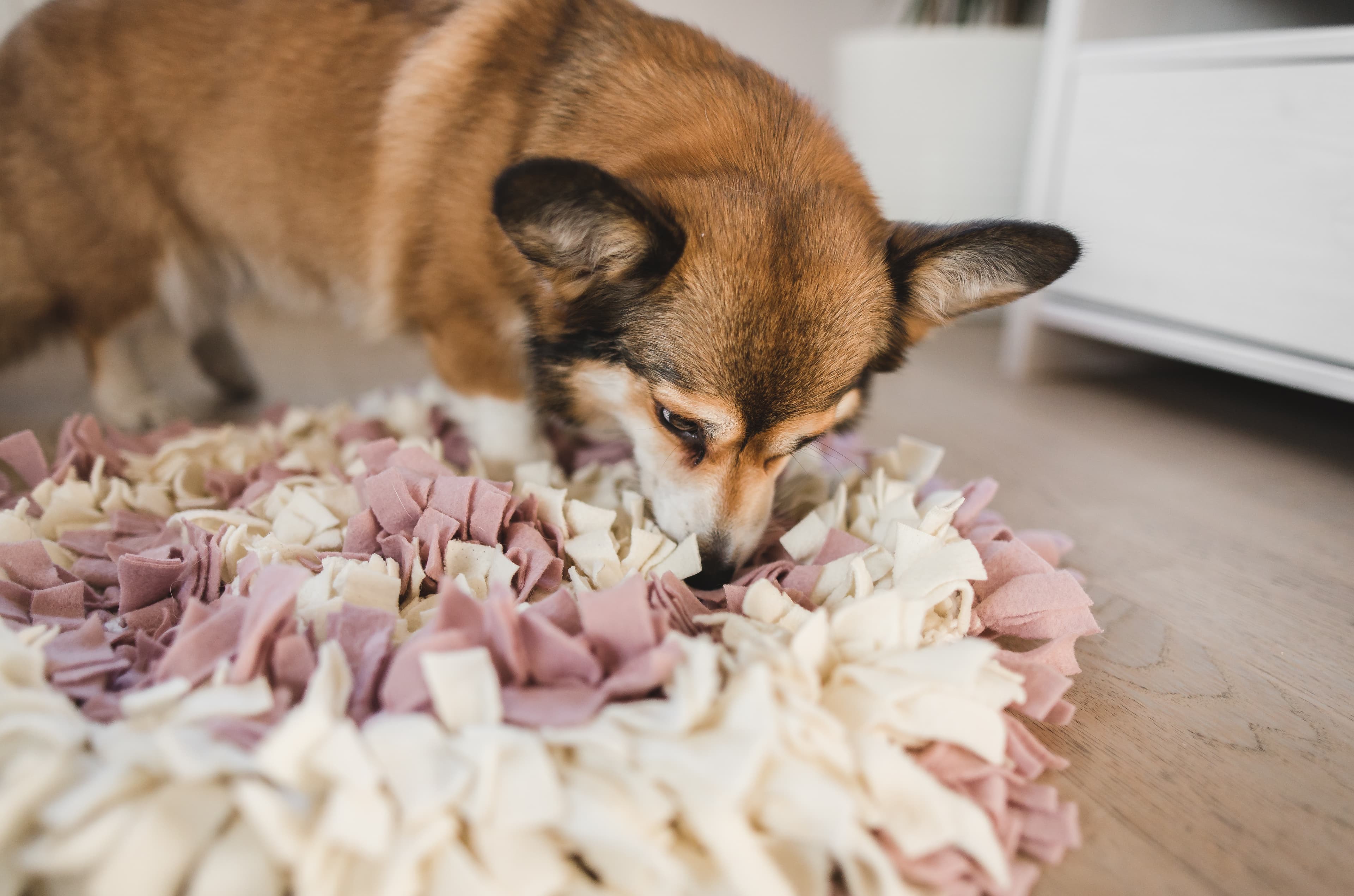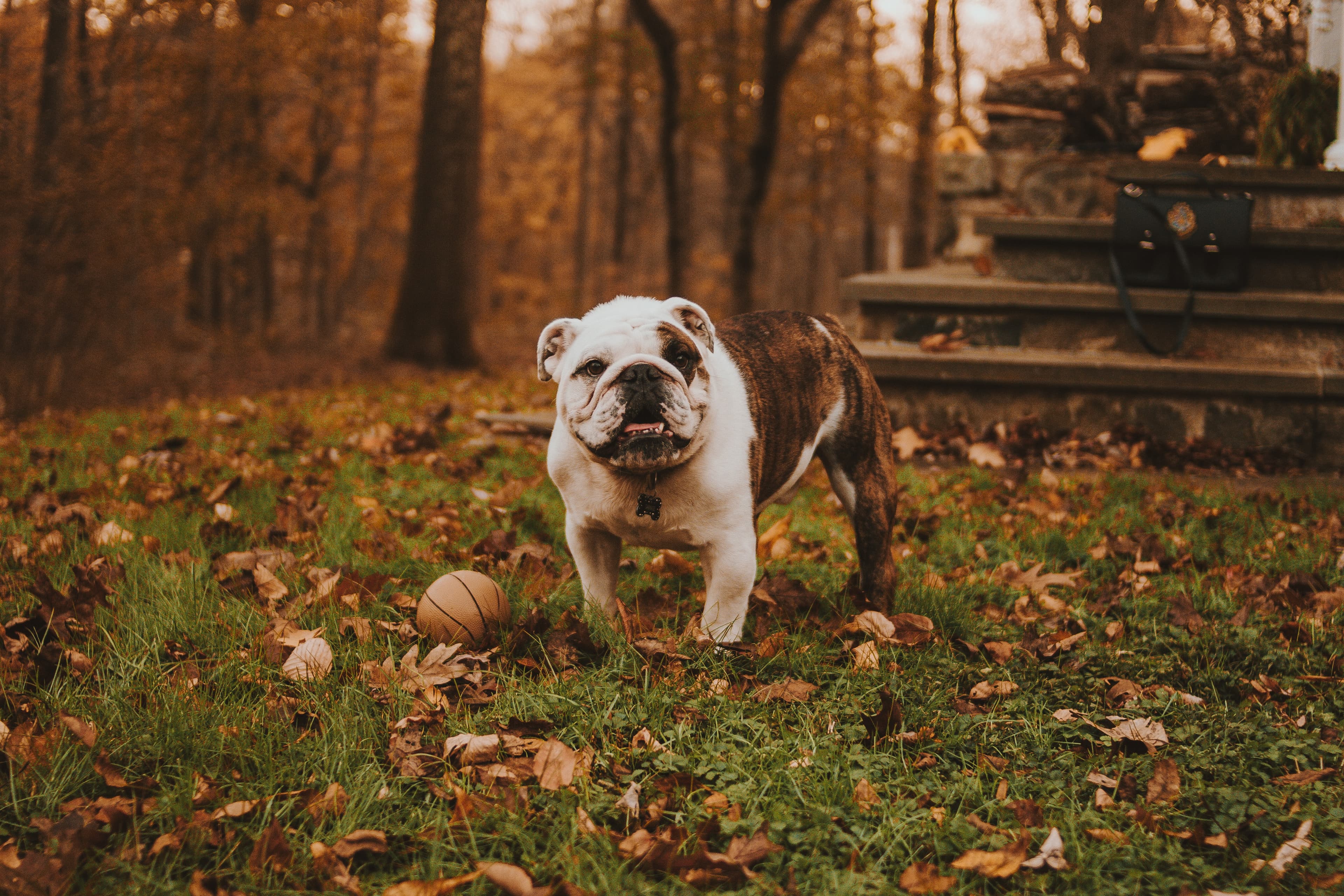How to train your dog not to eat things in the home
Has your dog eaten strange objects at home and perhaps even needed care to get the object out of the digestive tract? Some dogs have a tendency to like to chew and bite on various objects which can be very serious conditions and need expensive veterinary care. Therefore, here we will outline what you can do to accommodate your dog's need to chew, tear and eat objects, which is safe and secure for your dog.
Your dog's need to chew objects
It's easy to think that your dog should only be quiet and sleeping indoors, but depending on your dog's age, breed and innate activity level, many individuals can't manage that all day. That's why it's important to cater for the whole dog's needs, which are not just about the dog going to the toilet and eating food, but also the opportunity to be a dog. If the dog's behavioural needs are not being met, we can detect all sorts of behavioural problems and one of them is that they like to chew on objects in the home.
The behavioural needs that are easily linked to the dog eating things in the home relate to the dog's eating behaviours. This category includes everything from tearing something to pieces, being given the opportunity to work for the food, chewing for a prolonged period of time and picking out the pieces they like best. All of these behaviours can be catered for in one way or another and the easiest way to do this is by not giving the dog its food in a food bowl.
Safe options to meet needs
Skip the food bowl and give your dog the opportunity to get his daily ration in different ways, every day. This could include sometimes getting food in a puzzle toy, other days seeking out food in the garden, or getting their food paired with vegetables to give them a choice. Below are a bunch of different options that you can explore further to best accommodate your dog's eating habits.
Mix your dog's food with vegetables in a slow feeder
Here we give your dog the opportunity to choose the pieces they like best. Explore your dog and see what it chooses first, but don't always choose to just put down what the dog likes. It's okay if the dog chooses out the lettuce leaf or the carrot, it's part of simply giving the dog the opportunity to choose. A slow feeder is a food bowl that is shaped to take longer for the dog to eat. You can find them most easily at a pet store.
Put treats in a box for the dog to tear
Cardboard boxes are a great way for your dog to have the opportunity to tear something apart to reach the food. Put part of your dog's daily ration in cardboard or toilet paper rolls and let it figure out how to get the contents out.
Puzzle toys
There is a plethora of different pillow toys for both dry and fresh food available in pet shops. This is an easy way for you to feed your dog while enriching its behavioural needs. The toys can be a puzzle for problem-solving, a LickiMat, different kinds of balls and other shapes. Feel free to mix the options if you have the opportunity.
Freeze food and vegetables in a Kong
A Kong is available at the pet shop. You can easily freeze a Kong with a mixture of food, dry or fresh, vegetables and anything else you want to mix in, and then let your dog figure out for himself how to get the contents out. This is a good activation to calm the dog and it usually takes a little longer for the dog to get all the contents of a frozen Kong out.
Give part of the daily ration through chewing
Chewing bones are excellent to always give your dog access to. Both to satisfy the need but also to prevent your dog from eating other things in the home. But remember that they should also be part of your dog's daily ration to minimise the risk of overweight. Buy different options of chews that stimulate your dog's eating behaviour in different ways.
Throw the food out in the garden/outside in the park
An easy way to satisfy your dog's eating needs is to simply throw your dog's breakfast out in the yard or park when you're out walking. This gives your dog the opportunity to find his own food and his search needs will be met.
Hide parts of the food in the garden
To develop the previous option a little further, you can hide the food out in the garden so your dog has to do a little digging and toiling to get the food. Depending on what your individual needs, this can be a great way to meet several needs in one, and allow for digging in specific places on the property for example.






